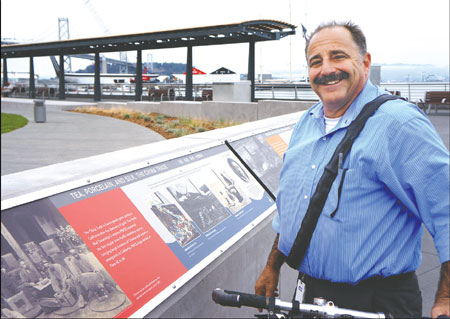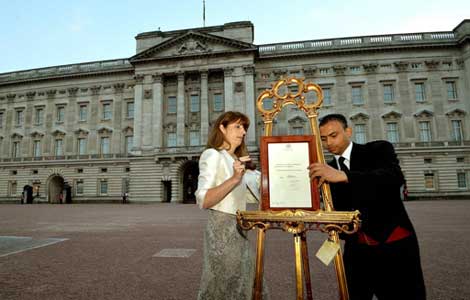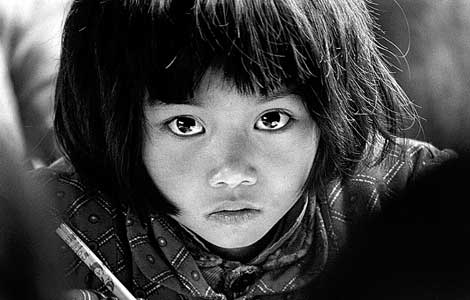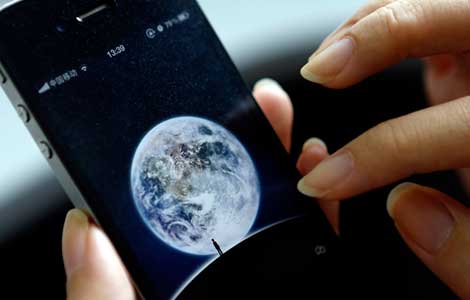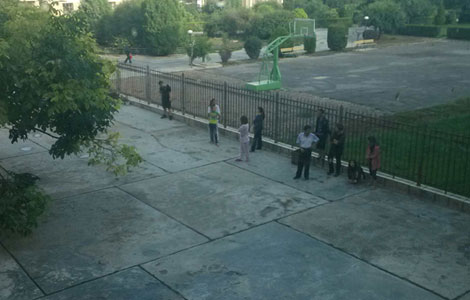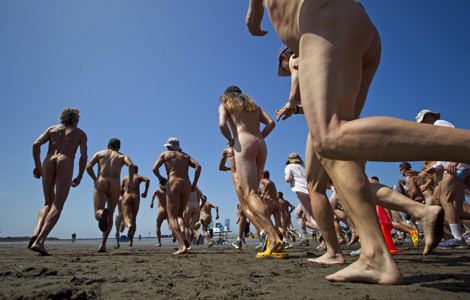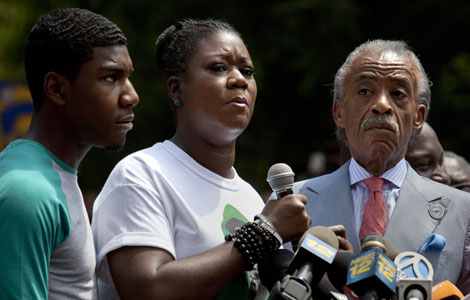New park salutes immigrants
Updated: 2013-07-23 11:06
By Chen Jia in San Francisco (China Daily)
|
|||||||||
|
Steve Lufrano, a project manager of ABM Janitorial Service, whose family moved to US from Italy many years ago, checks out the displays about Chinese immigration history at the Port of San Francisco's Brannan Street Wharf, a new public park in South Beach. Thousands of Asian immigrants arrived in the United States through this wharf 160 years ago. Chen Jia / China Daily |
Gold Rush-era boatbuilding, Chinese immigrants detained on ships and in warehouses, cargo from around the globe trading hands and a labor war that altered history. All this - and more - happened in the San Francisco neighborhood of South Beach.
Local residents now have a new 57,000-square-foot waterfront park to help them learn about their city's history at the Port of San Francisco's Brannan Street Wharf, just re-opened to the public in a ribbon-cutting ceremony by Chinese American mayor Ed Lee.
"Every day, thousands of people walk along here, but never imagine what it was like more than a hundred years ago until we have a look at the displays," said Martha Aquiar, a local resident.
Mayor Lee said the area had a "close connection" with Chinese American history, since thousands of Asian immigrants arrived in the US through this wharf 160 years ago.
The park, he said, would help the community better understand how early generations of Chinese immigrants had to struggle for their civil rights against the Exclusion Act, under which arriving Chinese and other Asians were detained for interrogation, first on ships such as the SS China, and later, after 1898, at a dank, cold and cramped warehouse on Pier 40 of the Pacific Mail Steamship Company.
In 1910, the place of detention shifted to the Angel Island Immigration Station. There, detainees wrote poetry on the barracks walls telling of their misery and hopes.
As one of the inscriptions reads: "There are tens of thousands of poems composed on these walls. They are all cries of pain and sadness. The day I am rid of this prison and attain success, I must remember that this chapter once existed."
Other displays feature artists' depictions of Chinese disembarking in San Francisco and Chinese cannery workers loading provisions onto ships and working the docks in 1906.
A map from 1923 shows thousands of ships laden with cargo arriving at South Beach from China, Japan, Hawaii, Panama and Alaska. The fastest ships brought immigrants and the most prized cargos - silk and tea.
Trade with China in luxury goods grew quickly in California after the discovery of gold. The Pacific Mail Steamship Company ran the first regular trans-pacific steamship service, bringing large numbers of Chinese and Japanese immigrants to California.
"I could just imagine my grandparents' story from the maps and pictures," a Chinese American named Lee told China Daily. "I gained even more respect for them when I learned how many of the first villages around the bay were established by early generation Chinese immigrants."
In the late 1880s, many white workers in San Francisco had anti-Chinese sentiments because of perceived competition over jobs. At one point, an angry mob of unemployed laborers set fire to the Pacific Mail docks where the Chinese were staying.
In 1882 Washington passed the Chinese Exclusion Act, with San Francisco pushing the legislation. Congress revisited it five times between 1884 and 1904, imposing ever-tighter restrictions on Chinese immigration and naturalization. The act was not repealed until 1943, when China became an ally of the US in World War Two.
Today, Chinese Americans represent the country's largest Asian ethnic group, followed by Filipinos and Asian Indians, according to the US Census Bureau.
"My family moved to this country from Italy many years ago and my father used to be a longshoreman here," said Steve Lufrano, a local project manager of a janitorial service, told China Daily on Monday. "So I can share the feelings of Asian immigrants. I think it is very important to celebrate the opening of this new park."
chenjia@chinadailyusa.com
(China Daily USA 07/23/2013 page2)
Most Viewed
Editor's Picks
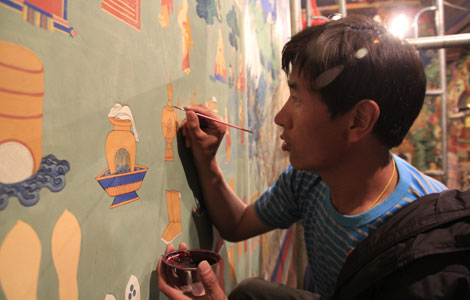
|

|

|
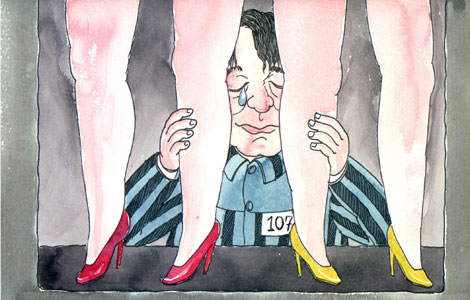
|

|

|
Today's Top News
Germany to probe spy services' ties with US
Snowden hopes to leave airport by Wednesday
Quake in NW China kills 89, injures 700
US blacks, whites split on Zimmerman verdict: poll
"No back-tracking": US' top envoy
Kissinger and Jiang see bright future for relations
China sees no major forex withdrawal: regulator
Business holds up for Minmetals arm
US Weekly

|

|
